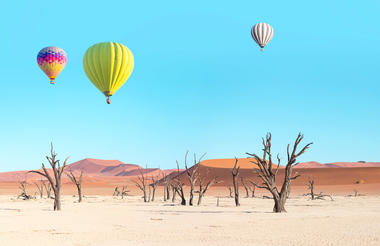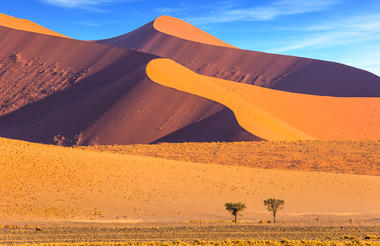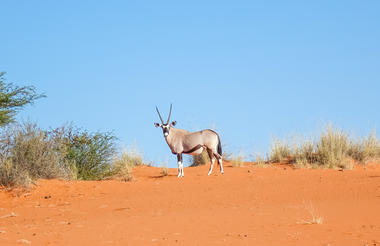Windhoek, the capital of Namibia, lies at the heart of the country, encircled by magnificent mountains, expansive valleys, and fertile farmlands. The landscape of the Greater Windhoek area surrounding this bustling city is characterised by vast valleys, thick scrub, rocky hills, and covered in golden savannah. Visitors can explore the dry river beds and mountainous scrublands, as well as enjoy birding, leopard-spotting and view large quantities of wildlife in the north; visit the more arid eastern part with its olive, potato, and date plantations; explore the rolling hills of the Khomas Hochland Mountains in the west of the Greater Windhoek area and soak up the epic views along a number of scenic passes leading off the high plateau, including Bosua Pass, Gamsberg Pass, and Spreetshoogte Pass.
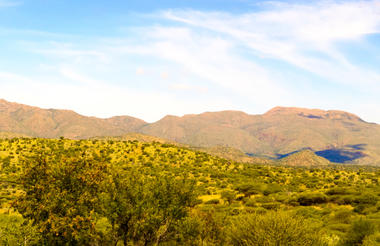
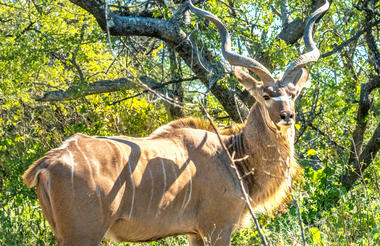
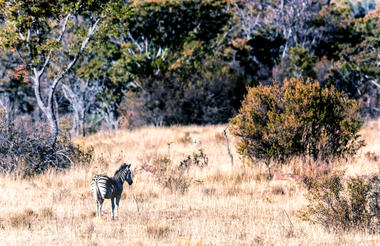
Halfway between Windhoek and Etosha lies the well-known Okonjima Nature Reserve. The 22 000 ha Nature Reserve is surrounded by 96 km of fence and was finally completed in 2010. Okonjima is home to AFRICAT, a Carnivore Conservation, which gives the captive carnivores a second chance to be released back into the wild and to take the time it needs, to become a completely independent hunter - in a protected area right in the middle of commercial farmland! Also in the Reserve is a 2000 ha 'safe' zone around Plains Camp, Bush Camp, Bush Suite, the Omboroko Campsite as well as the PAWS Environmental Education Centre.
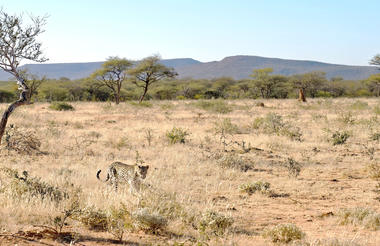
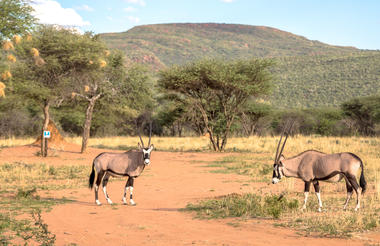
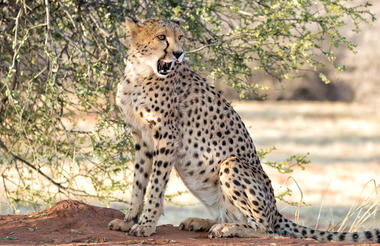
Located in Namibia's Kunene region, the city of Outjo is known as the gateway to Etosha. Outjo’s central position also makes it an excellent stopover en route to the Skeleton Coast and Damaraland, but that’s not the only reason to visit this small town. Set amidst rolling hills, Outjo is a charming getaway boasting attractive forest and savannah surrounds, friendly locals and several historical sites. Roughly an hour’s drive to the west you will find the Ugab Rock Finger, a 35-metre high stone monolith, while slightly further on is a 250-million-year-old petrified forest. Visitors can look forward to a variety of interesting sights including: visiting the local Franke Haus Museum, for a historical account of the area; and exploring the nearby Hopewell Farm to find magnificent volcanic tiger's eye deposits.
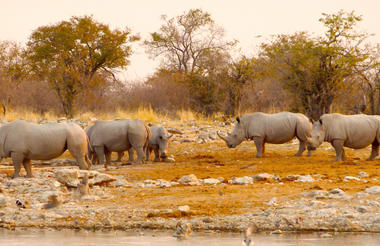
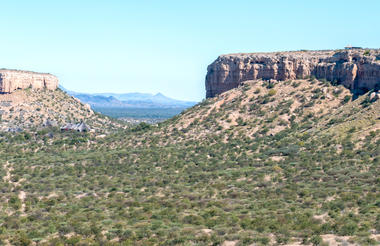
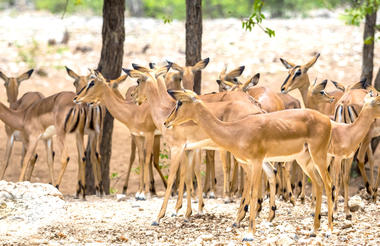
Damaraland is a captivating region in northwestern Namibia, characterized by its stark yet mesmerizing landscapes. Nestled between the Etosha National Park to the northeast and the Skeleton Coast to the west, Damaraland is renowned for its otherworldly scenery, where ancient red-rock formations and vast, open plains create a dramatic backdrop. The area is home to the iconic Spitzkoppe, a granite peak that stands as a symbol of the region.
Damaraland's charm extends beyond its geological wonders, as it is inhabited by desert-adapted wildlife, including elephants, oryx, and desert lions, uniquely adapted to survive in this arid environment. Visitors can also encounter the nomadic Himba people, who have maintained their traditional lifestyles and distinctive appearance over generations.
Exploring Damaraland offers a blend of cultural richness and natural beauty, making it a must-visit destination for those seeking an authentic and off-the-beaten-path Namibian experience.
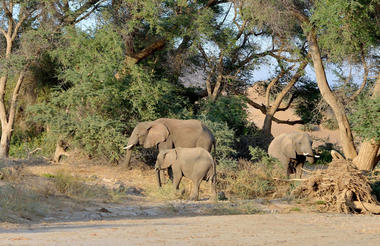
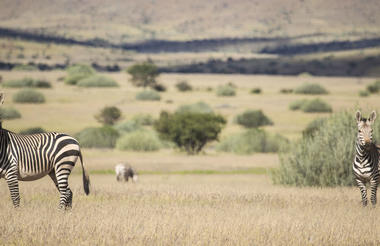
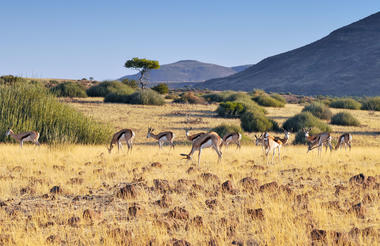
Founded in 1892 as the main harbour for German South West Africa, Swakopmund is often described as being more German than Germany. Now a seaside resort, Swakopmund is the capital of the Skeleton Coast tourism area and has plenty to keep visitors happy. The quirky mix of German and Namibian influences, colonial-era buildings and the cool sea breeze make it very popular.


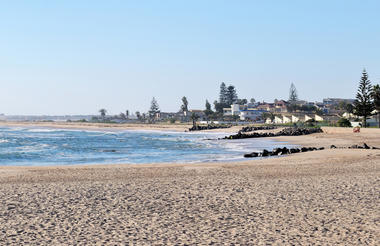
The Namib is the world’s oldest desert, and although it stretches along the entire length of Namibia’s coastline, the Namib commonly refers to the vast sea of sand from Luderitz to Swakopmund. For a big sandy desert the scenery is remarkably varied, with the giant red dunes of Sossusvlei being the most famous part. Because of how old it is the Namib is home to numerous species that don’t occur elsewhere and although no humans live in the desert an amazing array of flora and fauna manages to survive here. Famous species include the Welwitschia – a living fossil plant, endemic chameleons, fur seals along the coast, brown hyenas, jackals and remarkably one of Africa’s largest antelope the Gemsbok. The name Namib is of Nama origin and means "vast place" and vast it certainly is.
